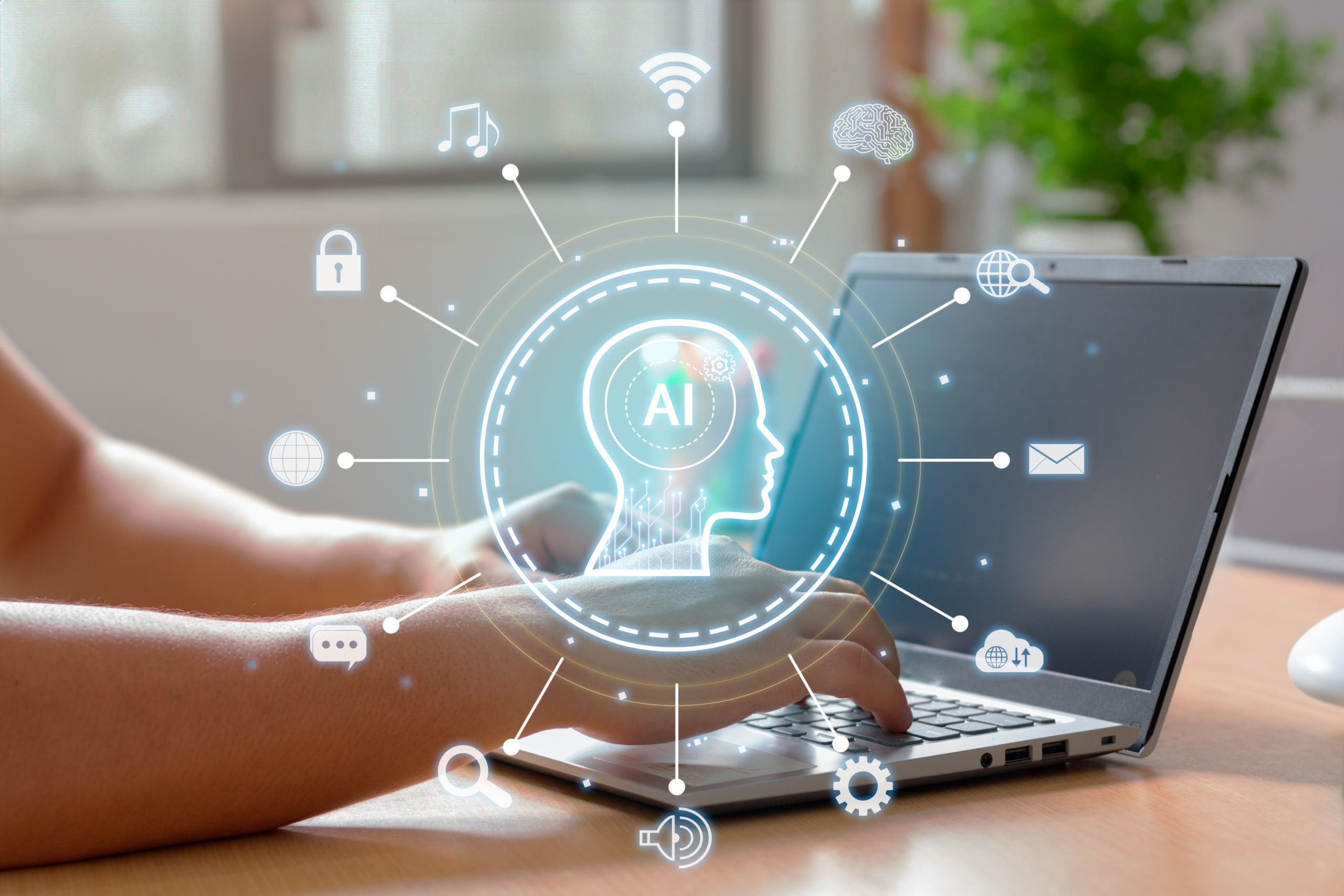The Role of Generative AI in HR Solutions for Learning and Development
The Role of Generative AI in HR Solutions for Learning and Development
The landscape of Human Resources (HR) is rapidly evolving, with technology serving as a driving force in reshaping traditional practices. One of the most transformative innovations in recent years is generative AI, a subset of artificial intelligence that creates new content, such as text, images, or simulations. In the realm of HR, Generative AI in HR solution is making significant strides, particularly in the area of Learning and Development (L&D). By streamlining training processes, personalizing learning experiences, and improving content delivery, generative AI is poised to revolutionize the way organizations empower their workforce.

Understanding Generative AI in HR
Generative AI utilizes advanced machine learning models, like OpenAI’s GPT, to analyze large datasets and generate content based on patterns it identifies. This ability to produce human-like text, interactive media, or tailored solutions makes it a valuable tool in HR processes. For Learning and Development, generative AI offers solutions that go beyond static content, enabling dynamic and engaging training programs that align with modern workforce needs.
Key Benefits of Generative AI in Learning and Development
1. Personalized Learning Paths
Traditional training programs often take a one-size-fits-all approach, which can leave employees disengaged or overwhelmed. Generative AI can analyze individual employee profiles, including their skill gaps, learning preferences, and career goals, to create personalized learning paths. For example:
Customized Training Modules: AI can generate tailored courses based on the specific roles and responsibilities of an employee.
Adaptive Content: AI-driven platforms can adjust the complexity and format of learning material based on real-time performance.
2. Enhanced Content Creation
Developing training material is often a time-intensive process. Generative AI can significantly reduce this burden by:
Generating E-Learning Modules: AI tools can create engaging and interactive content, such as quizzes, videos, and simulations.
Summarizing Complex Topics: AI can condense extensive information into concise, easy-to-understand summaries.
Updating Content Dynamically: Generative AI ensures that training material remains relevant by automatically incorporating the latest industry trends and organizational changes.
3. Improved Accessibility and Inclusivity
Generative AI can break down barriers to learning by:
Multilingual Support: AI can translate training content into multiple languages, ensuring accessibility for a global workforce.
Content Diversification: AI tools can adapt content formats to accommodate different learning styles, such as visual, auditory, or kinesthetic.
Accessibility Features: AI can generate transcripts, captions, and alternative formats for employees with disabilities.
4. Real-Time Feedback and Coaching
Learning is most effective when accompanied by timely feedback. Generative AI can provide:
Instant Assessments: AI-driven platforms can evaluate employee progress through quizzes and simulations, offering immediate insights.
Actionable Recommendations: Based on performance data, AI can suggest additional resources or alternative approaches to mastering a skill.
AI-Powered Chatbots: These virtual assistants can simulate real-life scenarios, provide coaching, and answer queries instantly.
Practical Applications of Generative AI in L&D
Virtual Training Assistants
Generative AI can create virtual assistants to guide employees through their learning journey. These assistants can answer questions, recommend courses, and provide motivation, ensuring learners stay on track.
Scenario-Based Learning
AI-generated simulations allow employees to practice skills in realistic scenarios. For instance, a customer service representative can engage with a simulated customer to resolve complaints, honing their interpersonal skills.
Skill Gap Analysis
Generative AI can analyze workforce data to identify skill gaps and recommend targeted training. This ensures that L&D programs are aligned with organizational goals and the evolving demands of the industry.
Knowledge Retention Tools
AI-powered tools like flashcards and spaced repetition algorithms help employees retain knowledge by revisiting material at optimal intervals.
Challenges and Ethical Considerations
While generative AI offers immense potential, it is not without challenges:
Data Privacy: Personalizing learning experiences requires extensive employee data, raising concerns about privacy and security.
Bias in AI: If not carefully managed, AI models can perpetuate biases present in training data.
Overdependence on Automation: While AI can enhance learning, human oversight is essential to ensure content quality and relevance.
To address these challenges, organizations must implement robust data governance policies, regularly audit AI systems for biases, and maintain a balance between automation and human input.
The Future of Generative AI in L&D
The integration of generative AI into Learning and Development is still in its early stages, but its potential is undeniable. As AI models become more sophisticated, we can expect:
Hyper-Personalization: Advanced algorithms will create even more tailored learning experiences, adapting to the unique needs of every employee.
Immersive Learning: AI-generated virtual reality (VR) and augmented reality (AR) environments will provide hands-on training opportunities.
Collaborative AI: Generative AI will enhance team-based learning by facilitating collaborative exercises and virtual brainstorming sessions.
Conclusion
Generative AI in HR solution is transforming Learning and Development by making training programs more personalized, engaging, and efficient. By leveraging AI’s capabilities, organizations can create a culture of continuous learning that empowers employees to reach their full potential. However, the successful adoption of generative AI requires careful consideration of ethical implications and a commitment to blending technology with human expertise. As this technology continues to evolve, its role in reshaping the future of work and learning is bound to grow, making it an indispensable tool for forward-thinking HR leaders.